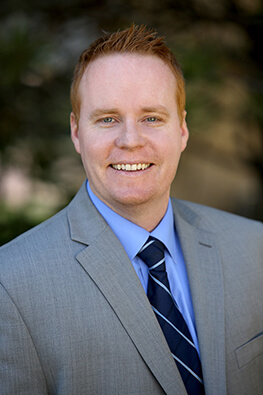If you’re in a car accident in Utah, the question of damages can only be addressed once fault is established. It’s an essential part of the equation because of the concept of comparative negligence—but we’ll get into all that below.
So, how is fault determined in a Utah car accident? What evidence is used, and how can you fight it if you disagree with the determination? We’ll answer all your questions.
How to Determine Fault in a Utah Car Accident
In Utah, comparative negligence or comparative fault means that responsibility for car and truck accidents is determined by percentage. Each driver involved is assigned a certain degree of fault for the role they played in contributing to the collision.
For example, you might be partially at fault if you were speeding or failed to use your turn signal. Greater fault might be assigned if a driver runs a stop sign or red light.
You may be eligible to receive damages in Utah if you are found to be less than 50% at fault for the accident. Otherwise, you cannot be awarded damages. If you are eligible for damages but are found to be partially at fault, they will be reduced by the degree to which you’re determined to be responsible.
Let’s say the total damages are set at $100,000, but you’re found to be 20% responsible for the accident. You’ll only be able to recover $80,000 in this case—the total of $100,000, less the 20% for the portion of fault assigned to you.
What Evidence Is Used to Prove Fault?
Insurance adjusters and court officials (if the case escalates to a lawsuit) compile nearly every type of evidence you can imagine to get an accurate picture of the incident and assign fault. This means looking at:
- Photos and videos of the scene and damage
- Witness statements
- Police reports
- Dashcam footage
- Surveillance camera footage
- Reports from accident reconstruction experts
- Medical records
How Do You Dispute Fault in Utah?
How to dispute fault in a car accident is important because there can be a lot of money at stake. And remember that being assigned 50% or greater fault means you are not eligible for any damages at all. Even the difference between being found 50% vs. 49% at fault can affect your right to recover damages. Insurance companies often round percentages in negotiations, but a court can assign much more precise levels of fault.
The same sort of evidence used to prove fault in the first case is what can be used to dispute the finding. Uncovering new evidence—like finding an eyewitness who wasn’t originally consulted or getting your hands on unseen dashcam footage—can recontextualize the accident and impact the fault percentages. You can also make the case that previously considered evidence wasn’t given the proper weight or points to a different conclusion.
But if you’re trying to dispute fault alone, you may face an uphill battle. Insurance agencies have a lot of resources at their disposal, and if the case proceeds to court, the processes can be confusing and intimidating for those without experience.
If you intend to dispute fault, consider hiring a respected personal injury attorney to help you navigate the process. They have the expertise and experience to know the most likely outcomes for your case and can help you fight for the compensation you deserve.
Partner with a Personal Injury Attorney from Ipson Law
Ipson Law has fought for Utah residents since 2011. We’ve built our reputation on going to bat for our clients to make sure they have top-tier representation. We can help you dispute an unfair fault determination. Reach out today for a free case evaluation with our experienced team.


Michael is an attorney who started Ipson Law because of his passion for personal injury law. He graduated with a Juris Doctorate degree from McGeorge School of Law in Sacramento, CA. Learn more about Michael on our about us page, and contact Ipson Law to find out how we can help you.
#Fault #Determined #Utah #Car #Accident